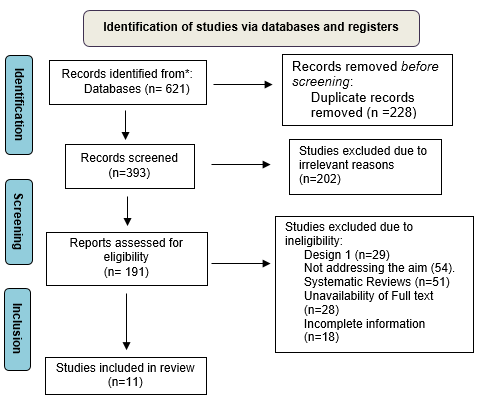Preclinical and Epidemiological Mucoskeletal Evidence of Aluminium Toxicity: A Systematic Review
DOI:
https://doi.org/10.54117/ijph.v3i1.15Keywords:
Aluminium, Aluminium toxicity, Health effects, Epidemiology, Preclinical symptoms, MusculoskeletalAbstract
Musculoskeletal toxicity refers to the negative effects of medications or chemicals on the composition and/or functionality of the muscles, bones, and joints. Aluminium has been linked to serious health issues such as arthritis, fluorosis, and osteomalacia by altering the structure and/or function of the muscles, bones, and joints. This systematic review was carried out by consulting different databases (Cochrane Library, Medline, the Health Technology Assessment Database (HTA) databases, PubMed central, Biomed central, web of science core collection, and Database of Abstracts of Reviews of Effects (DARE)) using predefined search terms (“Health Risk’’ OR ‘‘Effects’’ OR ‘‘Risk’’ OR “Problems” OR “Adverse Effect” AND ‘Musculoskeletal” AND “Epidemiology”, AND “Musculoskeletal Clinical Signs”, OR “Pathology” AND “Aluminium Poisoning”, OR “Preclinical effects of Aluminium”. “Musculoskeletal”) in order to investigate the preclinical and epidemiological musculoskeletal evidence of aluminium toxicity. Out of six hundred and twenty-one (621) articles identified, eleven (11) were selected based on the inclusion and exclusion criteria. From the study, it was found that the toxic effects of aluminium progress slowly and chronically, causing malformations, disabilities, and, in the most extreme cases, death. It was also found that exposure to aluminium toxicity could lead to neurotoxicity, osteomalacia, fluorosis, and arthritis. This study addressed issues related to the health effects of Al and with possible interventions.

Downloads
Published
How to Cite
Issue
Section
License
Copyright (c) 2023 Ifechidere Sophia Obani, Chidinma Promise Anyachor, Ifeoma Okereke

This work is licensed under a Creative Commons Attribution 4.0 International License.
